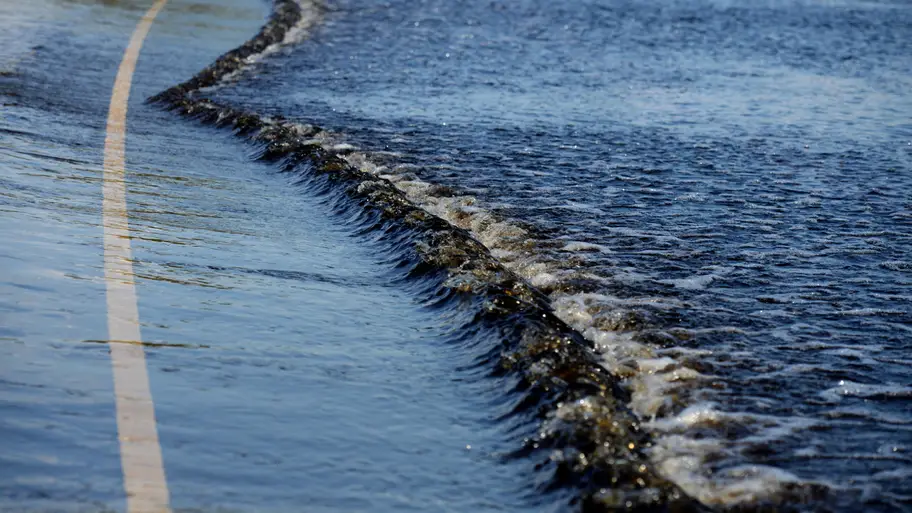Adding flood insurance is relatively affordable in North Carolina, but the total cost varies by insurance company and depends on several factors, including location. While North Carolina residents can purchase private flood insurance through an insurance provider, you can also buy coverage through the National Flood Insurance Program (NFIP), which is managed by the Federal Emergency Management Agency (FEMA).
Why North Carolina homeowners might need flood insurance
In 2022, hurricane season lasted longer than usual, with Hurricanes Ian and Nicole causing severe weather and flooding in late September and early November. But the Atlantic coastline is not the only North Carolina region at risk of flooding.
Floods, many severe, affect all North Carolina regions, with the central regions of the state being particularly high risk. Statewide, a whopping 86 flash flood warnings were issued in 2022 and more severe thunderstorm warnings were issued than in any other year since 2012.
Standard homeowners and renters policies do not cover flood damage, so many experts recommend purchasing a separate flood insurance policy. NFIP policies pay up to $250,000 for residential building losses and up to $100,000 for contents (you must buy building and contents coverage separately). Alternatively, private flood insurance may offer higher limits — plus other advantages, like replacement cost protection for contents and structures and loss of use coverage — but is likely more expensive.
Cost of flood insurance in North Carolina
According to FEMA, in 2019, NFIP flood claims averaged $52,000 per claim nationwide. The same year, homeowners paid an average flood insurance premium of around $700.
FEMA determines flood insurance costs based on its Risk Rating 2.0 system. Factors that affect the cost of flood insurance could include:
- Age and design of your property
- Flood zone in which your property lies
- Location and elevation of the property and its utility structures
- Type of coverage, such as building, contents or both
- Deductible levels
Private insurers may take different factors into consideration or weigh criteria differently. To obtain the most accurate estimates for flood insurance premiums, experts recommend requesting a quote from a flood insurance provider or speaking with a licensed insurance agent in your area.
When to purchase flood insurance
If you live in a moderate- or high-risk flood zone, buying flood insurance ahead of time can be an important financial protocol. You can find your property’s flood risk using the floodplain mapping tool on the North Carolina Flood Risk Information System. In general, it’s worth considering flood insurance if you live in a high-risk county, including Wake, Guilford and Watauga counties, as well as regions along the coastline.
In most cases, you cannot file an NFIP claim within 30 days of purchasing a policy, so buying a policy as a storm approaches may not provide protection in time. However, the NFIP waives the 30-day waiting period under certain circumstances, such as:
- When you buy a policy while taking out or refinancing a mortgage
- When you alter your coverage when renewing an existing flood insurance policy
- When the flood damage is caused by burning or flooding of adjacent federal property
When you purchase a house or commercial property within 13 months of the property being deemed high-risk for flooding, the NFIP reduces the waiting period to one day.
How to purchase flood insurance in North Carolina
If you already have a business, homeowners or renters policy, you may want to ask your agent if the carrier offers private flood insurance or NFIP policies. You can also find insurers who participate in the NFIP program using the provider lookup tool on the FEMA website. If you’re buying a new home, you can purchase a flood insurance policy at closing.





